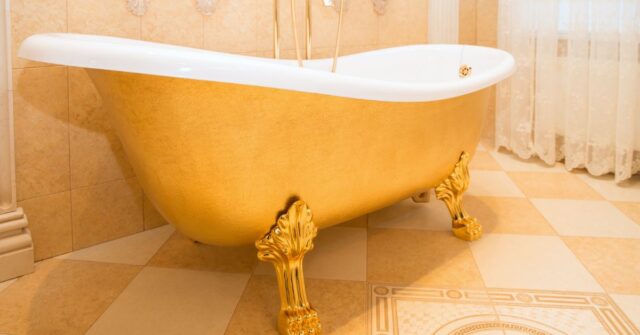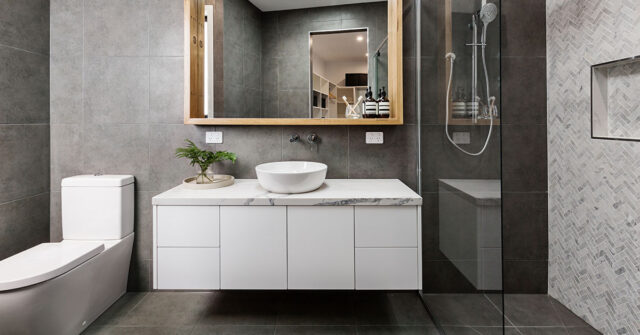Embarking on a bathroom renovation can be a thrilling yet challenging venture.
As you ponder the possibilities, you’ll want to consider some of the current Australian bathroom aesthetics, the latest design trends, and practical considerations to create a space that’s not only stylish but also functional.
This comprehensive guide will provide you with an array of ideas and tips to ensure your next bathroom renovation meets all your expectations.
Understanding the Australian Bathroom Aesthetic
Australian bathroom design often showcases a unique blend of functionality, simplicity, and connection to the natural environment.
Understanding these principles will help you create a bathroom space that embodies the Australian aesthetic.
Embracing Indoor-Outdoor Living
Many Australian homes are designed to blur the lines between indoor and outdoor spaces.
This concept can be effectively applied to your bathroom renovation by incorporating elements such as large windows, sliding doors, or even an outdoor shower area.
These features not only create a sense of spaciousness but also promote natural light and ventilation.
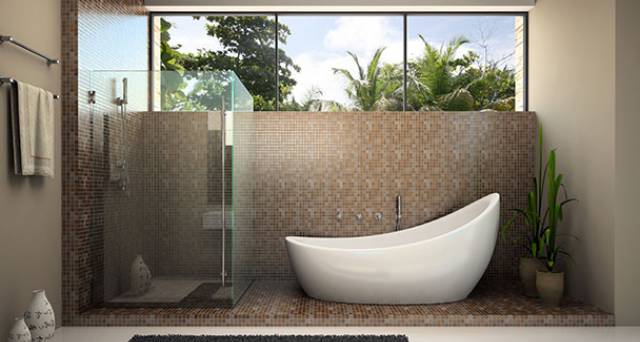
Utilising Natural Materials
Australia’s rich and diverse environment provides a wealth of inspiration for interior design.
Using natural materials like stone, timber, and glass in your bathroom renovation can establish a warm and relaxing ambience that reflects this connection to nature.
The Australian Love for Neutrals
Australians tend to lean towards neutral colour palettes, often drawing from the surrounding landscape.
Colours like whites, beiges, greys, and earthy tones are popular choices. Incorporating these hues in your bathroom can result in a calm and serene space.
Inspiration: Modern Bathroom Design Trends
Keeping up with the latest bathroom design trends can provide a wealth of inspiration for your renovation project. Here are a few modern trends that are popular in the Australian market.
Minimalistic Design
A minimalist design approach prioritises functionality and simplicity. This trend typically incorporates sleek lines, clutter-free surfaces, and a muted colour palette.
Consider hidden storage solutions and streamlined fixtures to achieve this look. This approach also works great idea for small bathrooms as the reduced clutter gives the impression of more space.
Eco-Friendly Features
As awareness of environmental sustainability grows, so does the popularity of eco-friendly features in bathrooms.
Consider integrating water-saving faucets, dual-flush toilets, and energy-efficient lighting into your design.
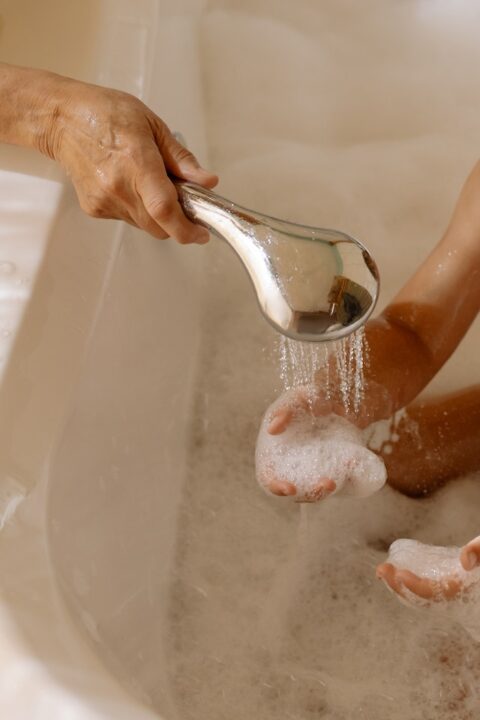
Smart Technology Integration
From digital showers to automated lighting and heating systems, smart technology can elevate your bathroom’s functionality and comfort.
While incorporating these features may require a larger budget, the convenience and efficiency they provide can be worthwhile investments.
Freestanding Tubs and Sinks
Freestanding tubs and sinks are a popular trend that adds a touch of luxury to any bathroom.
They come in a wide variety of designs, from sleek and modern to classic and elegant, providing a stunning focal point in your bathroom design.
Designing Your Bathroom Layout
Your bathroom’s layout plays a crucial role in its functionality.
Here are some factors to consider when planning your bathroom layout, whether you’re dealing with a small ensuite or have a larger area to work with.
Considerations for Small Bathrooms
Designing a small bathroom requires careful planning to maximise functionality without compromising aesthetics.
Consider space-saving solutions like wall-mounted toilets and vanities, or sliding doors instead of swing doors.
Remember, strategic use of mirrors and light colours can make a small space appear larger and more open.
Maximising Space in Large Bathrooms
Larger bathrooms provide more flexibility in design but can feel empty if not well-planned. Consider creating different zones for the shower, bathtub, and vanity to make the space more organised.
Adding a freestanding tub or a double vanity can enhance the luxurious feel.
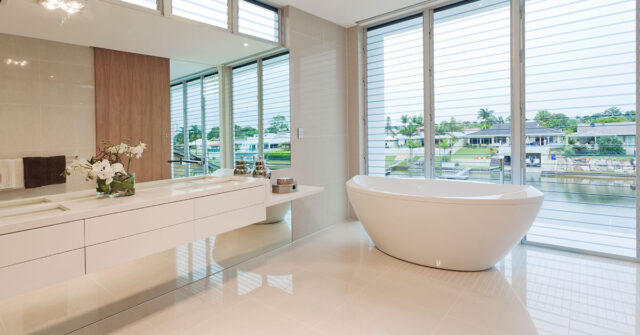
Planning Your Bathroom for Accessibility
When planning your bathroom renovation, consider future-proofing it for accessibility. Install grab bars, opt for a walk-in shower, and ensure plenty of space for movement.
Accessibility doesn’t have to compromise style – many modern designs can accommodate these features seamlessly.
Choosing the Right Fixtures and Fittings
The choice of fixtures and fittings can significantly impact the style and functionality of your bathroom. Here are some considerations to help you select the right ones for your renovation.
Shower Heads and Taps
From rain shower heads to handheld sprays, there are numerous options to suit different needs and preferences. Similarly, tapware comes in various styles and finishes.
Remember to consider the water-efficiency rating of these fixtures, as this can impact your water bills and environmental footprint.
Basins and Bathtubs
When it comes to basins and bathtubs, consider the available space, style, and user comfort. While freestanding tubs add a luxury feel, built-in models may be a practical choice for smaller spaces.
Basins also come in various types, such as pedestal, countertop, and under-mount, each offering different aesthetic and space considerations.
Toilets
The right toilet can add functionality and style to your bathroom. Consider factors like space, design, comfort, water efficiency, and whether to choose a wall-mounted or floor-mounted model.
Modern designs also offer features like soft-close lids and rimless models for easy cleaning.
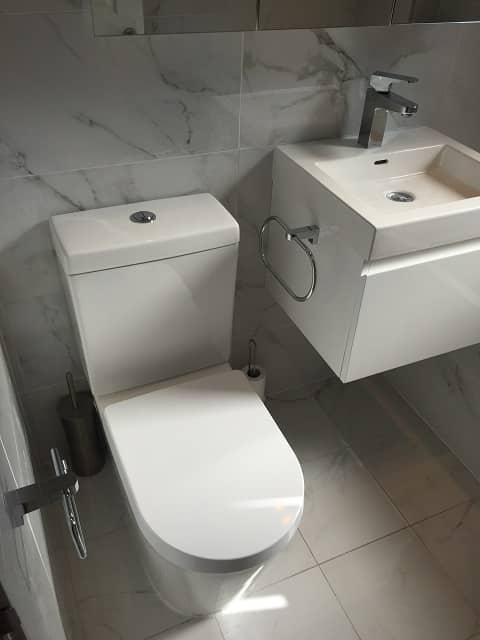
Storage Solutions for Your Bathroom
Good storage solutions are crucial in a bathroom to keep it clutter-free and functional. Here are some storage ideas for your renovation.
Wall Mounted Storage
Wall-mounted storage options, like cabinets and shelves, can save floor space, making them an excellent choice for small bathrooms.
They also allow easy access to stored items and can be designed to add to the overall aesthetic.
Built-In Storage
Built-in storage, like vanity units with drawers and cupboards, can seamlessly integrate storage into your bathroom design. Consider custom-built solutions to maximise the use of available space.
Freestanding Storage Units
Freestanding storage units provide flexibility and can add character to your bathroom. Options include trolleys, storage ladders, or cabinets.
However, ensure your bathroom has enough space to accommodate these without hindering movement.
Choosing the Right Bathroom Surfaces
The surfaces you choose for your bathroom renovation can significantly impact the overall look and feel of the space, not to mention the maintenance requirements. Here are some aspects to consider.
Wall Tiles
Wall tiles can create a striking visual impact in your bathroom while also being water-resistant and easy to clean.
Choose from a wide variety of materials, colours, and finishes, from ceramic and porcelain to natural stone or even glass.
Remember to consider the size of the tiles as it can influence the perceived space in your bathroom.

Flooring Options
Choosing the right flooring is crucial for safety and durability. Non-slip options are a must, and water-resistant materials like porcelain and ceramic tiles are popular choices.
Alternatively, consider heated floors for added comfort, particularly in colder regions.
Countertop Materials
Countertops need to be sturdy, resistant to water and heat, and easy to clean, all while enhancing the bathroom’s aesthetics.
Materials range from natural stone and quartz to laminate and other solid surfaces. Each comes with different maintenance needs, longevity, and cost, so weigh your options carefully.
Lighting in the Bathroom
Good lighting is essential in a bathroom, enhancing functionality and setting the mood. Consider the following aspects for your renovation.
Natural Light
Maximising natural light can make your bathroom feel more spacious and welcoming. Consider skylights or frosted glass windows for privacy.
If your bathroom layout doesn’t allow for windows, solar tubes might be a viable option.
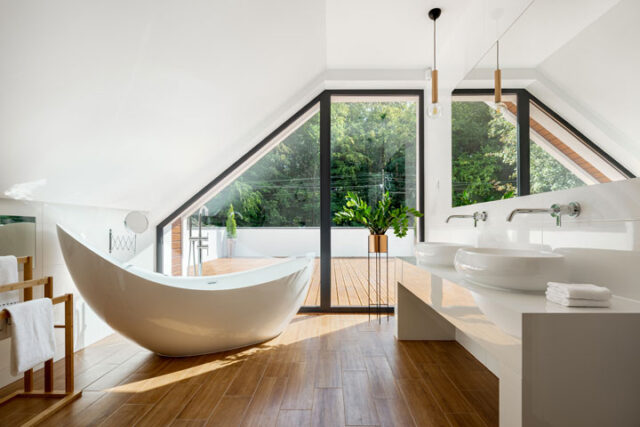
Artificial Lighting Solutions
Artificial lighting in your bathroom should be both practical and aesthetically pleasing.
Include task lighting around mirrors for activities like shaving or applying makeup, ambient lighting for a relaxed soak in the tub, and accent lighting to highlight design features.
Also, consider energy-efficient options such as LED lights.
The Importance of Ventilation
Proper ventilation is crucial in a bathroom to prevent moisture build-up, which can lead to mould and structural damage. Here’s what you need to know.
Exhaust Fans and Windows
Exhaust fans are a must in bathrooms without windows. They help to remove moisture and odours effectively.
If you have windows, use them for ventilation as much as possible, but ensure they offer privacy and security.
Heating, Ventilation, and Air Conditioning (HVAC) Systems
If you have a HVAC system in your home, include your bathroom in the system to control humidity levels and ensure optimal comfort. A professional can provide guidance on how to do this effectively.
Decorating Your Bathroom
Once the fundamental elements of your bathroom are planned, it’s time to consider the decorative aspects. These touches can transform a utilitarian space into a personalised sanctuary.
Colour Schemes
The colour scheme you choose can greatly influence the mood of your bathroom. Neutral colours often bring about a sense of calm and luxury, while bold colours can add a vibrant, energetic feel.
You might also consider a monochromatic palette for a modern, sophisticated look.
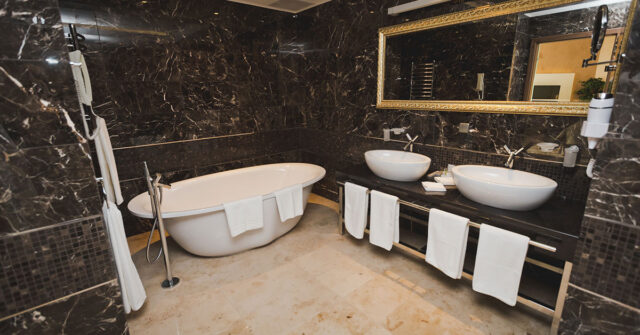
Wall Art
Artwork isn’t just for living rooms and bedrooms. Adding wall art to your bathroom can inject personality and interest.
Just make sure to ensure any artwork you put in your bathroom is suitable for damp environments to prevent damage over time.
Indoor Plants
Indoor plants can add a touch of nature and freshness to your bathroom. Many plants thrive in the humid environment of the bathroom and can also improve air quality.
Consider plants like aloe vera, bamboo, or orchids for their beauty and low maintenance.
Eco-Friendly Bathroom Renovations
Eco-friendly renovations are not just a trend, but a necessary shift towards sustainable living. Here are some aspects to consider for an environmentally friendly bathroom.
Water-Saving Fixtures
Installing water-efficient fixtures like low-flow showerheads, taps, and dual-flush toilets can significantly reduce water consumption.
Look for products with a high WELS (Water Efficiency Labelling and Standards) rating, a scheme by the Australian government to compare the water efficiency of different products.
Energy-Efficient Lighting
Opt for LED or other energy-efficient lights for your bathroom to reduce energy usage. You can also install a dimmer switch to adjust the light intensity as needed, conserving energy in the process.
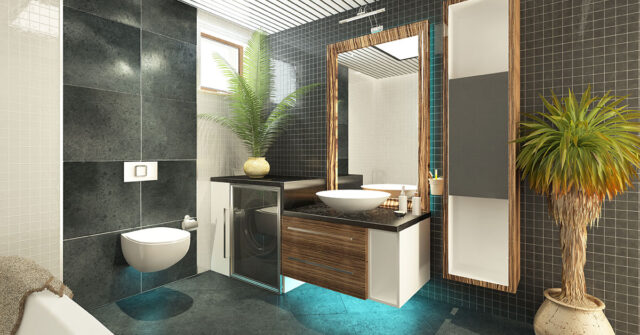
Recycled and Sustainable Materials
Choose materials with low environmental impact for your bathroom renovation. Recycled glass tiles, reclaimed wood, and countertops made from recycled materials are stylish and sustainable choices.
Navigating Bathroom Renovation Costs
Bathroom renovations can be a significant investment. Planning and managing your budget effectively can help you achieve the bathroom of your dreams without a financial nightmare.
Creating a Budget
Before starting your renovation, calculate a budget that includes all possible expenses: materials, labour, permits, and an extra amount for unexpected costs.
Prioritise your spending according to your needs and wants.
Working With Contractors
If you’re working with contractors, get a detailed quote to avoid unexpected costs down the line.
Don’t hesitate to discuss your budget and expectations with them. A good contractor will help you achieve the best result within your budget.
Cost-Saving Tips
There are many ways to cut costs without compromising quality.
You might consider retaining the existing layout to avoid plumbing costs, shopping around for materials, or doing some tasks yourself if you’re handy.
Compliance with Australian Standards and Regulations
It’s crucial to ensure your bathroom renovation complies with the Building Code of Australia and Australian Standards, particularly concerning waterproofing, plumbing, and electrical work.
Doing so protects the safety and resale value of your home.
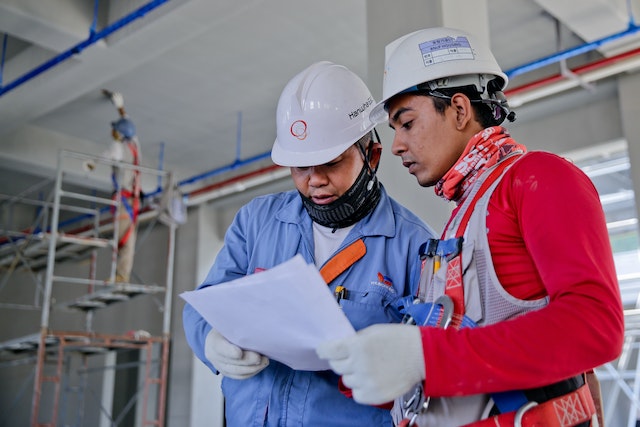
Understanding the Building Code of Australia (BCA)
The BCA provides regulations for building work, including bathroom renovations. Make sure you or your contractor are familiar with these guidelines to ensure your renovation is compliant.
Engaging Licensed Professionals
For tasks like plumbing and electrical work, it’s important to engage licensed professionals. Not only is it safer, but it’s also a legal requirement in most states and territories in Australia.
Securing Necessary Permits
Some aspects of your renovation may require permits. Consult with your local council or a building certifier to understand what’s required.
Ensure you obtain all necessary approvals before beginning your renovation to avoid penalties or problems when you sell your home.
A quality bathroom renovation professional can assist you with this process.
Final Thoughts: Creating Your Dream Bathroom
Whether you’re making small upgrades or undertaking a complete overhaul, a bathroom renovation is a significant project.
By considering the points outlined in this guide, you’ll be well on your way to creating a beautiful and functional bathroom that adds value to your home and enhances your daily routine. Happy renovating!


